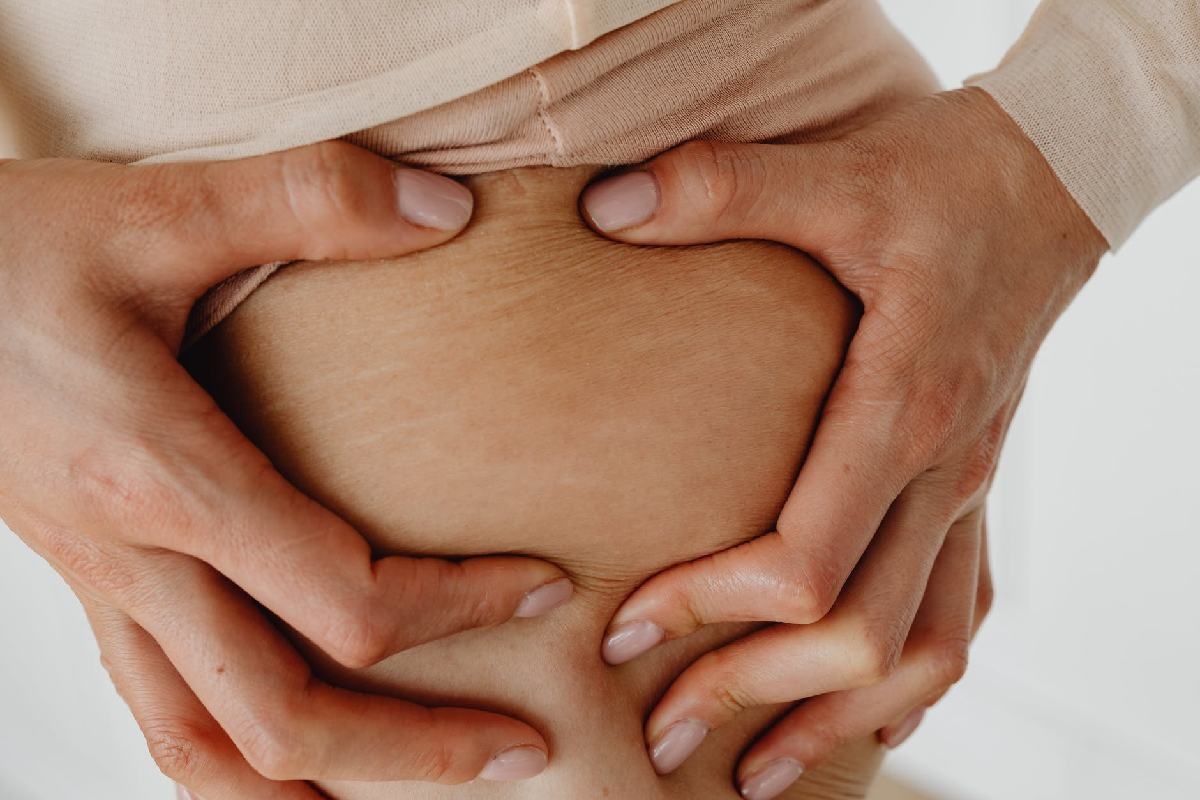Tattooing on the body parts has been trendy leisure to express individuality. Nowadays, tattooing has begun offering so much for individuals, such as medical tattooing for stretch marks and hair camouflage.
Medical tattooing is the best treatment for those patients who have gone through a medical condition like vitiligo, alopecia, and cleft lip or met a situation that has caused changes in their appearance. It also helps conceal ugly stretch marks to make your skin look pleasant.
Medical tattoos work as a technique to regain the confidence you may have lost. They also help change or restore your desired appearance. Medical tattooing employs semi-permanent makeup to implant ink into the skin to promote a natural color change or collagen.
Hair Camouflage
Also known as Scalp Micro-pigmentation, this medical technique helps men and women with baldness or thinning hair. The procedure comprises multiple sessions to get the desired results. It takes two to three hours to complete per session. While patients need to have yearly retouches to maintain the results, it is still an individual’s personal choice.
Choosing the Areola Color
Patients can discuss the correct color pigmentation to achieve the best results for medical tattooing. You can chat with your doctor and discuss vital aspects like skin tone and hair color before the surgery.
Pain or Discomfort During Tattooing Procedure
You may lose sensation in the bust area after the medical tattoo surgery. It means you will feel less pain during the treatment. However, many medical tattoo technicians do not use too many anesthetic numbing creams to make you feel completely comfortable during the treatment, so you might have slight discomfort.
Pigmentation for Stretch Marks and Scars
Medical tattooing for stretch marks and scares uses the dry needling technique to change the texture and color of the area. It produces collagen and transforms the natural pigment, leading it to normalize.

